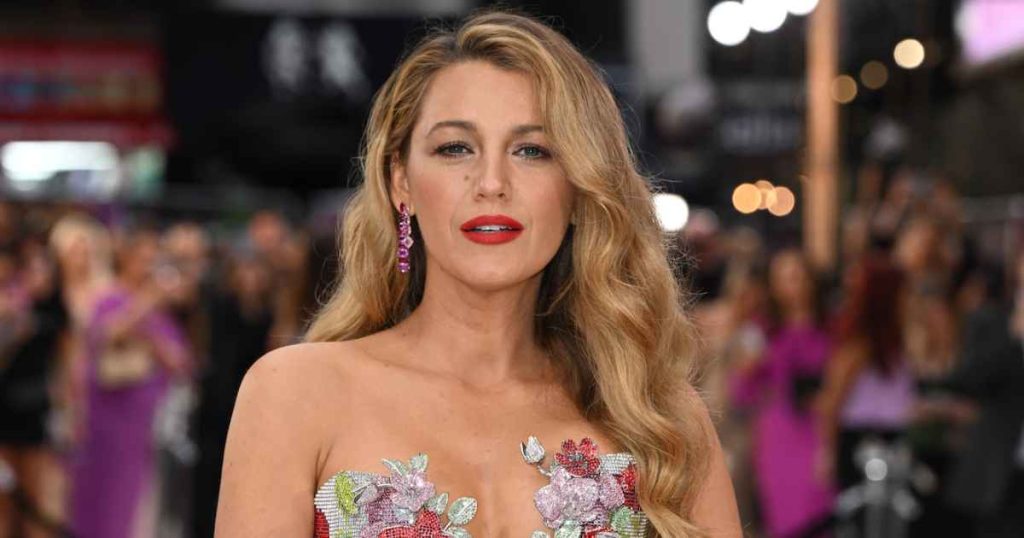The entertainment industry became embroiled in a legal battle at the close of 2023, with actress Blake Lively filing a lawsuit against her “It Ends With Us” co-star and director, Justin Baldoni, alongside publicists Melissa Nathan and Jennifer Abel, and Wayfarer Studios. Filed in the Southern District of New York, Lively’s lawsuit alleges a litany of offenses, including sexual harassment, retaliation, breach of contract, infliction of emotional distress, invasion of privacy, and lost wages. These claims mirror a complaint Lively previously submitted to the California Civil Rights Department, alleging retaliatory actions taken against her for reporting sexual harassment and workplace safety concerns. Lively’s legal team asserts that Wayfarer Studios and its associates violated both federal and California state laws in their retaliation against her. While the initial filing occurred in New York due to the location of much of the alleged misconduct, Lively’s representatives have indicated the potential for further legal action in other jurisdictions.
The legal proceedings followed a public statement by Lively on December 21st, where she expressed her hope that her lawsuit would expose retaliatory tactics used against individuals who speak out against misconduct. This statement and subsequent lawsuit were met with a swift counter-action by Baldoni, who, along with Nathan, Abel, and “It Ends With Us” producers James Heath and Steve Saraowitz, filed a $250 million lawsuit against The New York Times. This lawsuit, filed in Los Angeles Superior Court, centers on an article published by the newspaper titled “We Can Bury Anyone: Inside a Hollywood Smear Machine.” Baldoni and his co-plaintiffs allege libel and false light invasion of privacy, claiming the Times selectively presented information and omitted crucial context to mislead readers about Lively’s accusations.
The core of Baldoni’s lawsuit against The New York Times lies in the contention that Lively orchestrated a “strategic and manipulative” smear campaign against him, leveraging false sexual harassment allegations to gain control over the film’s production. Baldoni’s attorney, Bryan Freedman, characterized Lively’s accusations as a “vicious smear campaign” designed to rehabilitate her public image and counter online criticism. Freedman criticized the New York Times for allegedly bowing to the influence of Hollywood elites, abandoning journalistic integrity by using altered texts and omitting evidence contradicting their chosen narrative. He further pledged to continue pursuing legal action against those he claims abused their power to damage his clients’ lives.
Freedman’s statement underscores the starkly contrasting narratives presented by both sides. He accuses Lively of embracing partial truths while asserting that his clients possess the complete truth, supported by comprehensive communication records. He expresses confidence in the public’s ability to discern the truth, highlighting the initial public skepticism towards Lively’s claims. This statement reflects a broader strategy to portray Lively as the aggressor in this conflict, manipulating the media and legal system to advance her own agenda.
In previous statements, Baldoni, through Freedman, vehemently denied all of Lively’s allegations, labeling them “completely false, outrageous, and intentionally salacious.” Freedman further claimed that Lively’s lawsuit was a calculated move to repair her damaged reputation and recycle a specific narrative about the film’s production. This narrative, according to Freedman, portrays Lively as the victim of Baldoni’s misconduct, conveniently overshadowing what he claims are her own manipulative actions.
The dueling lawsuits reveal a deeply contentious conflict with accusations and counter-accusations flying from both sides. While Lively alleges sexual harassment and retaliation, Baldoni paints a picture of a calculated smear campaign designed to bolster her public image. The inclusion of publicists and producers in both lawsuits further complicates the narrative, suggesting a wider network of individuals involved in this intricate dispute. The legal battles are poised to be protracted and complex, requiring the courts to sift through conflicting accounts and evidence to determine the truth. The involvement of The New York Times adds another layer of complexity, raising questions about journalistic ethics and the role of the media in high-profile Hollywood disputes. The case is likely to draw significant public attention, serving as a microcosm of the ongoing conversations surrounding power dynamics, accountability, and the complexities of sexual harassment allegations in the entertainment industry.

